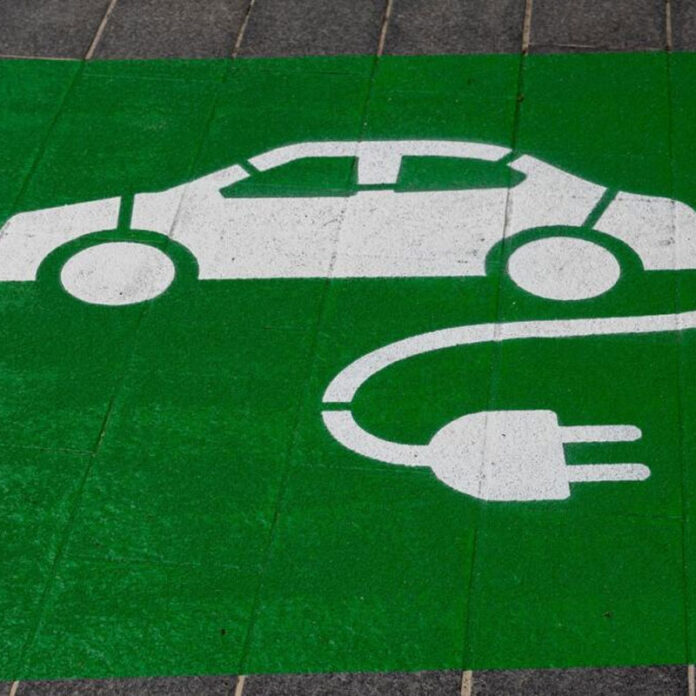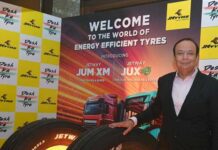
The electric vehicle (EV) industry is experiencing exponential growth, primarily driven by the two-wheeler segment. However, despite this promising trajectory, profitability in the EV sector is expected to face delays. The penetration of electric two-wheelers in overall two-wheeler sales has reached approximately 5% in FY23. Still, the pace of adoption has slowed recently due to a reduction in subsidies. To counter the increased vehicle costs resulting from the subsidy cut, electric two-wheeler original equipment manufacturers (OEMs) have introduced de-spec versions of their existing electric scooters. This strategic move is anticipated to promote adoption over the medium term. According to ICRA, the real momentum in the sector will come when volumes increase, leading to vendor negotiations and discounts that will drive economies of scale and eventually profitability.
Government subsidies, such as those under the FAME-II policy, heightened awareness, and a surge in product launches, have significantly improved the EV segment’s prospects over the last two years.
According to data from the VAHAN website, cumulative EV industry sales (including two-wheelers, three-wheelers, passenger vehicles, and commercial vehicle sub-segments) during the first ten months of 2023 totaled 12,34,325 units. This marked a substantial year-on-year growth of 55% compared to 798,196 units recorded during the same period in 2022.
However, the reduction in subsidies, with the government capping subsidies at INR 10,000 per kilowatt-hour and up to 20% of the ex-showroom price as of June 1, 2023, has taken its toll on electric two-wheeler sales.
To stimulate EV sales, the central government initiated the FAME subsidy scheme in August 2015, with a budget of INR 75 crore. This scheme aimed to provide cash subsidies to EV dealers, reducing the acquisition cost for vehicle buyers. The budget increased annually, along with the extension of the scheme, until it reached INR 145 crore in FY19.
From April 2020 onwards, the FAME-II scheme replaced its predecessor, with a massive budget increase to INR 10,000 crore, initially effective for three years until March 31, 2022. However, in June 2021, this scheme was extended to run until March 31, 2024.
In the same year, the government raised the EV subsidy to INR 15,000 per kilowatt-hour and increased the maximum cap to 40% of the ex-showroom price. In addition to FAME subsidies, various state governments introduced their incentives, including subsidies based on battery capacity and road tax exemptions.
OEMs are acutely aware that substantial subsidies will not be available in perpetuity, driving their focus on value engineering initiatives to develop more affordable EVs. This strategy is expected to encourage adoption over the medium term.
To address the increased vehicle costs resulting from subsidy reductions, electric two-wheeler OEMs like Ather Energy, Ola Electric, and Tork Motor have launched de-spec versions of their electric scooters. This approach allows them to maintain competitive pricing while offering advanced features.
Rohan Kanwar Gupta, Vice President & Sector Head – Corporate Ratings at ICRA, emphasized the importance of increasing volumes and achieving economies of scale for profitability. He stated, “Vendor negotiations and discounts will eventually help in reaching economies of scale and thus profitability.”
ICRA suggests that as the transition to electrification continues, OEMs will need to make significant investments in developing EV platforms from the ground up and expanding manufacturing capabilities. These investments in product development are expected to impact industry returns in the near to medium term, delaying profitability.
Several key factors, including the continuation of the FAME-II subsidy, achieving economies of scale, battery costs, localization, and research and development initiatives, will ultimately determine when the EV sector becomes profitable.









